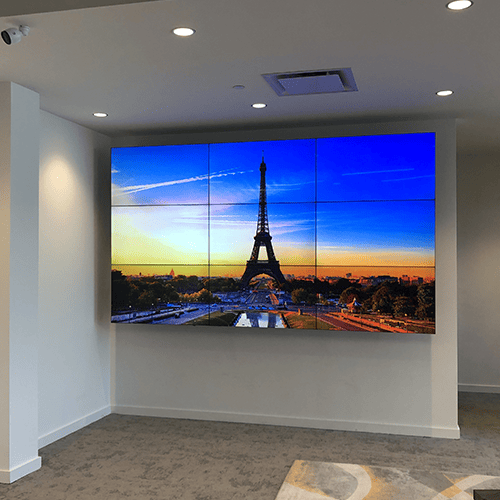Innovative Approaches to Improving Untethered Communication Technologies for LED Panel Panels.
Wiki Article
Wireless connectivity technologies for LED wall panels have redefined the way we utilize visual displays in various settings, such as concerts, corporate gatherings, and promotional displays. These units, known for their vibrant colors and high clarity, rely heavily on strong wireless connections to function optimally. As technology continues to advance, cutting-edge strategies are being engineered to optimize these wireless solutions. This article will explore some of the latest strategies aimed at improving wireless integration for Luminescent Diode wall displays.

One significant method to enhancing wireless communication is the use of advanced antenna technology. Antennas play a vital role in transmitting and receiving signals between components. By employing adaptive antenna arrays, which can adjust their direction and beamforming pattern based on the surroundings, engineers can greatly improve signal integrity and stability. This adaptability helps minimize disruption from other electronic devices and barriers, leading to sharper video quality and more stable link performance for Light Emitting Diode wall panels.
Another forward-thinking approach involves utilizing mesh network architectures. Unlike conventional wireless setups that rely on a single access point, mesh networks consist of multiple connection points that work together to spread the internet signal over a broader area. This setup ensures that Light Emitting Diode wall screens receive a consistent signal regardless of their placement. In spaces like stadiums or large exhibition halls, where physical obstructions may interfere with signals, mesh networks provide a more robust framework by ensuring signal integrity even in crowded areas.
In addition, incorporating edge processing into wireless communication systems can boost efficiency for Light Emitting Diode wall displays. Edge computing enables data handling to occur near the source of data origination rather than depending entirely on centralized cloud infrastructure. By analyzing data at the edge of the Luminescent Diode wall units, the architecture minimizes latency, resulting in look what i found quicker response times and more fluid video rendering. This development is especially beneficial for applications that require real-time updates or interactive features, making presentations more engaging for audiences.
Lastly, leveraging new communication protocols can also enhance wireless connectivity for LED wall panels. Protocols such as Wi-Fi 6 and 5G offer enhanced bandwidth and faster data throughput compared to earlier standards. These advancements enable multiple units to connect concurrently without compromising performance. As LED wall panels are often used in conjunction with other smart devices, implementing these advanced protocols guarantees that all systems can interact seamlessly, leading to an significantly improved user experience.
In conclusion, the enhancement of wireless connectivity solutions for LED wall displays is essential as technology continues to evolve. Through developments such as smart antennas, mesh more helpful info networking systems, edge computing integration, and new communication protocols, manufacturers can deliver better performance and stability. These approaches not only improve the functionality of LED wall units but also enhance the visual displays they deliver across various applications. As these technologies develop further, viewers can anticipate even more cutting-edge displays in the future.